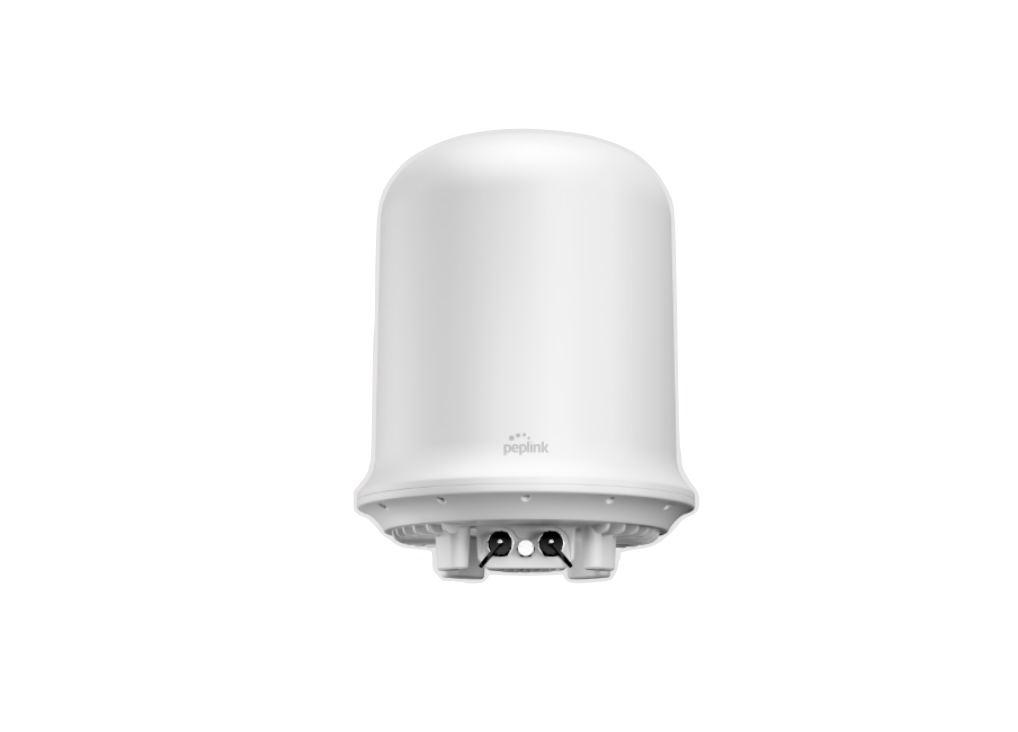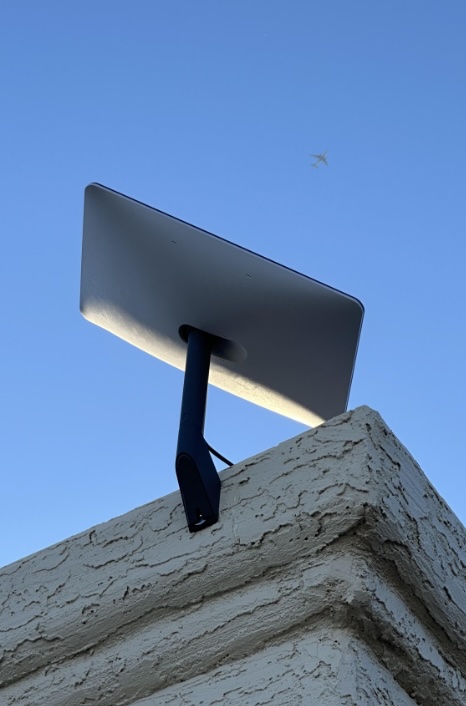Antennas play a crucial role in facilitating communication across vast distances. From WiFi routers to cellular modems, antennas come in various shapes and sizes, each designed to perform specific functions efficiently. Beyond their technical intricacies lies a world of innovation and evolution, where antennas have continually adapted to meet the ever-expanding demands of modern communication […]
Introducing the Peplink Dome Pro Long Range: Revolutionizing Maritime Connectivity
Peplink, an innovator in connectivity solutions, is thrilled to announce the latest addition to its impressive lineup: the Peplink Dome Pro Long Range. Designed specifically for maritime applications, this cutting-edge device sets a new standard in connectivity, ensuring seamless communication even in the most challenging marine environments. Unmatched Connectivity Equipped with dual 5G Cellular modems […]
The Versatility of USB Ports on Routers
In an era dominated by wireless connectivity, the USB port on your router may seem like a relic of the past. However, its capabilities extend far beyond mere charging. These ports offer a plethora of practical applications that can elevate your networking experience. Let’s explore the myriad uses of USB ports on routers and how […]
FCC’s Net Neutrality Rules: Navigating 5G’s Network Slicing Debate
As we eagerly anticipate the full potential of 5G technology, regulatory bodies like the Federal Communications Commission (FCC) are tasked with updating policies to accommodate these advancements. A big debate in this area revolves around “network slicing” and how it fits with the idea of net neutrality. Recently, FCC officials confirmed that the upcoming net […]
Transforming Connectivity Solutions: A Deep Dive into Digi WAN Bonding
In today’s digital landscape, seamless and dependable connectivity serves as the cornerstone for both businesses and individuals. Enter Digi WAN Bonding, an innovative solution from Digi International that revolutionizes connectivity by combining multiple connections into a unified, robust network. Recently, I had the privilege to engage in a discussion with Nate Pleasant from Digi, exploring […]
Comparing Peplink’s Newest 5G Routers: BR1 Mini 5G, BR1 Pro 5G, and B One 5G
The advent of 5G technology has ushered in a new era of seamless and high-speed networking, prompting users to seek 5G solutions for a multitude of applications. Responding to this demand, Peplink, a leader in networking solutions, introduces three new 5G routers, all under $1,000: the BR1 Mini 5G, the BR1 Pro 5G, and the […]
AT&T Investigates Massive Data Leak: 73 Million Customers Affected
AT&T is currently grappling with a massive data leak that has exposed the personal information of 73 million of its current and former customers. The breach, discovered approximately two weeks ago, has stirred concerns over the security of sensitive data and raised questions about the source and extent of the leak. According to a news […]
5Gstore Breaks Through The Glass Bottom with a Revolutionary Offer!
In a world where every tech company seems to be diving in a race to the bottom, offering everything but the kitchen sink to win over customers, 5Gstore is pioneering a groundbreaking strategy. Why race to the bottom, we thought, when we can break right through the glass bottom itself with an offer that redefines […]
Starlink: When It Makes Sense to Use It (and When It Doesn’t)
In the rapidly expanding universe of internet connectivity, Starlink, a satellite internet service provided by SpaceX, has emerged as a game-changer for many. Its mission to provide high-speed internet across the globe, especially in underserved areas, has both intrigued and confused potential users about its best applications. This comprehensive look aims to demystify when it […]
Protecting Against DNS Vulnerabilities: Strategies and Best Practices
Domain Name System (DNS) vulnerabilities pose significant threats to organizations worldwide. These attacks exploit weaknesses in the DNS protocol, leading to dire consequences such as data theft, network breaches, and service disruptions. As the digital landscape evolves, so do the techniques employed by malicious actors, making it imperative for businesses to fortify their defenses. In […]




